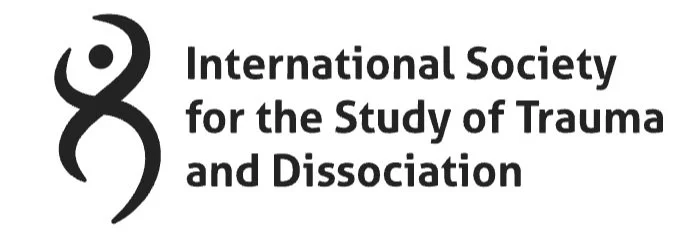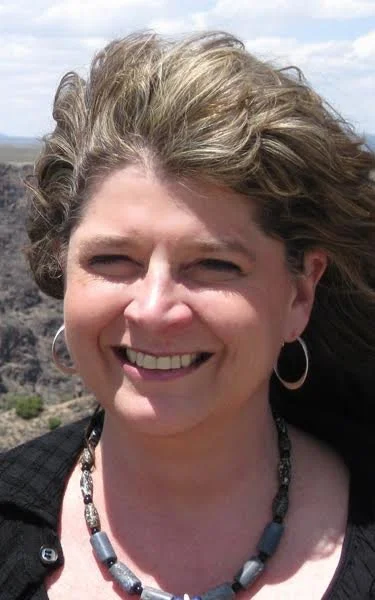
Comprehensive Resource Model®
Transforming trauma & expanding consciousness through global trainings, clinical consultation & healing intensives
What is the Comprehensive Resource Model®?
The Comprehensive Resource Model (CRM)®, developed by Lisa Schwarz, M.Ed, is a neurobiologically-based system of healing designed to heal complex trauma at its root level. CRM® aims to clear the traumatic residue that blocks people from embodying their true-authentic Self and accessing states of joy, peace, love and personal empowerment.
Thorough, permanent healing happens when individuals are fully present and grounded in their body. CRM® employs a robust, layered system of internal resources that create the brain and body based safety needed to access, re-member, and re-solve one’s deepest emotional pain and wounding, while staying fully present and without becoming overwhelmed or re-traumatized.
CRM® works with trauma that is sourced in the lifespan—from conception to present moment—as well as across ancestral lineages and past lives/Soul’s Journey. This work is also designed to ripple out to transform trauma in the Collective, with macro-level impact and micro-level, surgical precision. CRM® is used effectively for a wide range of issues including PTSD, complex trauma, dissociation, anxiety, depression, chronic pain/illness, ritual abuse, and performance enhancement.
AS FEATURED IN
Become Professionally Trained in CRM®
Learn CRMs’® advanced system of healing to resolve trauma from gestation, birth, early attachment and beyond. Explore how to work multidimensionally, transmuting ancestral and soul-level wounds. CRM® offers four core trainings and ongoing educational programming on specialized topics.
CRM® trainings are experiential, clinically rigorous, and spiritually grounded. This work is for practitioners who are:
Willing to do their own healing work, so they can be a clean, clear, integrious container for their clients.
Open to unlearning and relearning a different way of working and be-ing with clients; one that is not only a protocol.
Seeking a heart-centered modality that goes beyond cognitions and into embodiment, energy and soul.
Yearning for a modality that is a portal to true transformation, not just a Band-Aid for symptoms.

Offerings For Those Who Are Seeking More…
Whether you're a therapist, high performer, executive or someone on a path of deep healing, CRM® is the true transformation you seek.HONE YOUR SKILLS & KNOWLEDGEClinical Consultation
Offering 1:1 consultation to CRM® and non-CRM® practitioners, working with complex trauma, dissociation, attachment disruption, and more. Consultation offered by Lisa Schwarz, M.Ed.
MANIFEST YOUR FULLEST POTENTIALPerformance Enhancement
Work 1:1 with Lisa Schwarz to break through performance blocks, reclaim your purpose, and achieve your goals, whether you are an athlete, high-performer, artist, industry leader or corporate executive.
RE-MEMBER YOUR WHOLENESSHealing Intensives
Clear the deepest roots of trauma and experience profound healing in a retreat-style healing intensive with Lisa Schwarz. Intensives are available to individuals, couples, families, and small groups.
HEALING WITH HORSE PARTNERSCRM® EQUUS
Experience the combined power of CRM® with the healing presence of horses for true, embodied transformation of post-traumatic stress. Equine-partnered work available in the beautiful countryside of Western PA.
BUSINESS TRANSFORMATIONCorporate Coaching
Supporting corporate leaders, managers and teams to identify and overcome the blocks and obstacles to a benevolent flow of creativity and productivity. Positively transform leadership skills, decision-making, and organizational culture and structure.

FREE RE-SOURCEDownload a free guided experiential!
Sign up below to instantly access a free guided meditation. Listen to re-member your wholeness and re-connect with the lighthouse that is you.
Meet Lisa Schwarz, M.ed
Lisa is the founder and developer of The Comprehensive Resource Model (CRM)®, and the primary author of The Comprehensive Resource Model®: Effective therapeutic techniques for the healing of complex trauma. For the past 40 years, Lisa has been dedicated to creating innovative treatment methods for working with severe dissociative disorders, attachment disorders, in-utero and ancestral trauma.
Lisa is a licensed psychologist, consultant, international educator, and coach. She offers clinical consultation, healing intensives and performance enhancement work in her private practice in Pittsburgh, PA (with and without horse partners).

“CRM is not a tool, it is an actual way of being – a way of sitting with a client. It is a way of literally, intuitively being present moment to moment in the work.”
— Lisa Schwarz, M.Ed.
READ. LISTEN. WATCH.Discover Professional & Personal Resources
Explore innovative research, articles, demonstrations, and media on the impacts and use of CRM®.
Peruse our favorite treasures – from essential oils and sacred tools to books and CRM®-adjacent healers– personally curated by Lisa Schwarz and Certified CRM® Trainers.

OUR LATEST HEALING INITIATIVEThe CRM® Foundation
The CRM® Foundation, a 501(c)(3) nonprofit, is dedicated to the restoration of the innate capacity that horses and humans have to heal. Our programs provide a safe system of healing that transforms post-traumatic stress, unresolved generational trauma, and subsequent disconnection from ourselves, community, and our planet.
Discover how we are supporting individual and collective healing across both human and equine lineages, and how you can support our mission.















